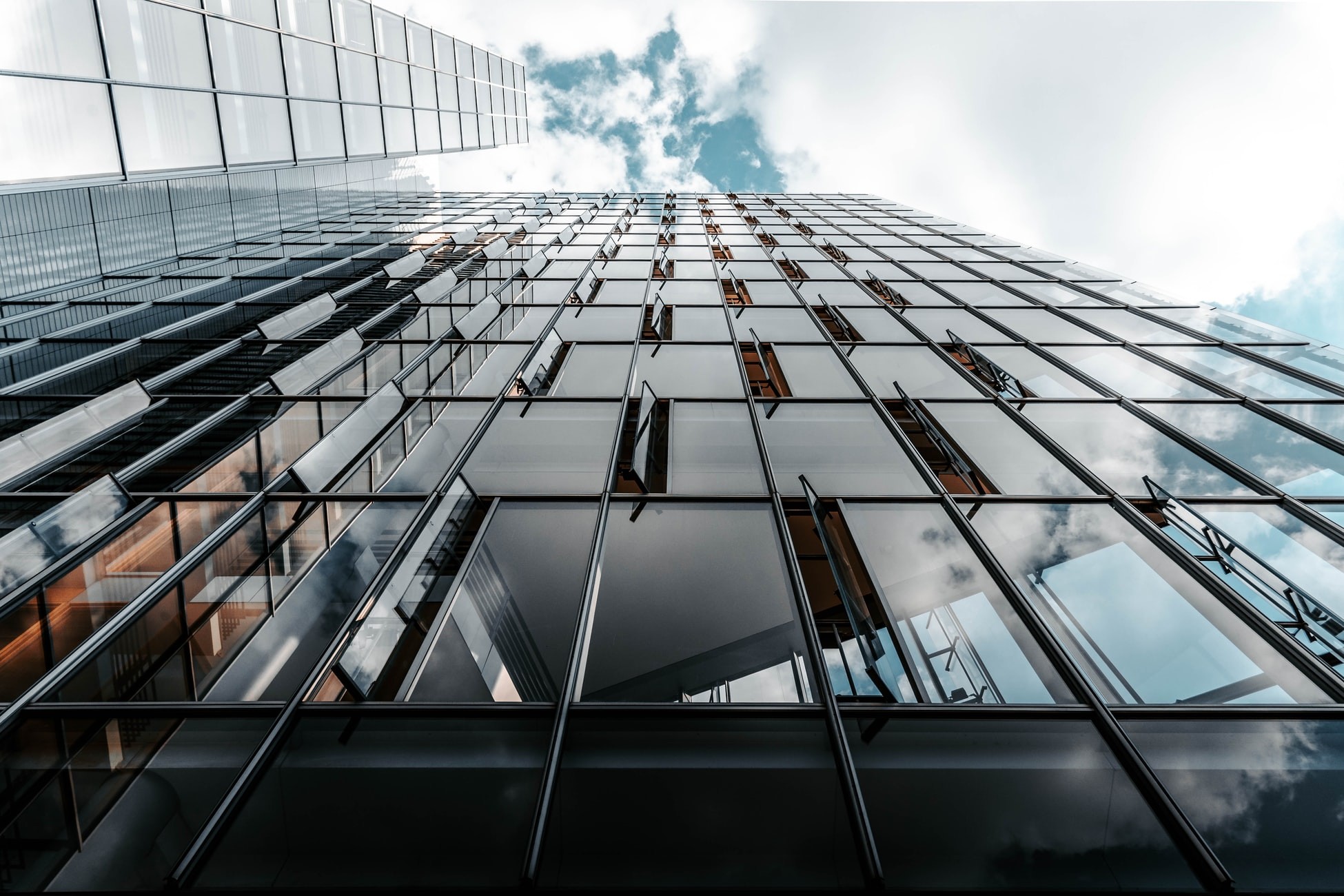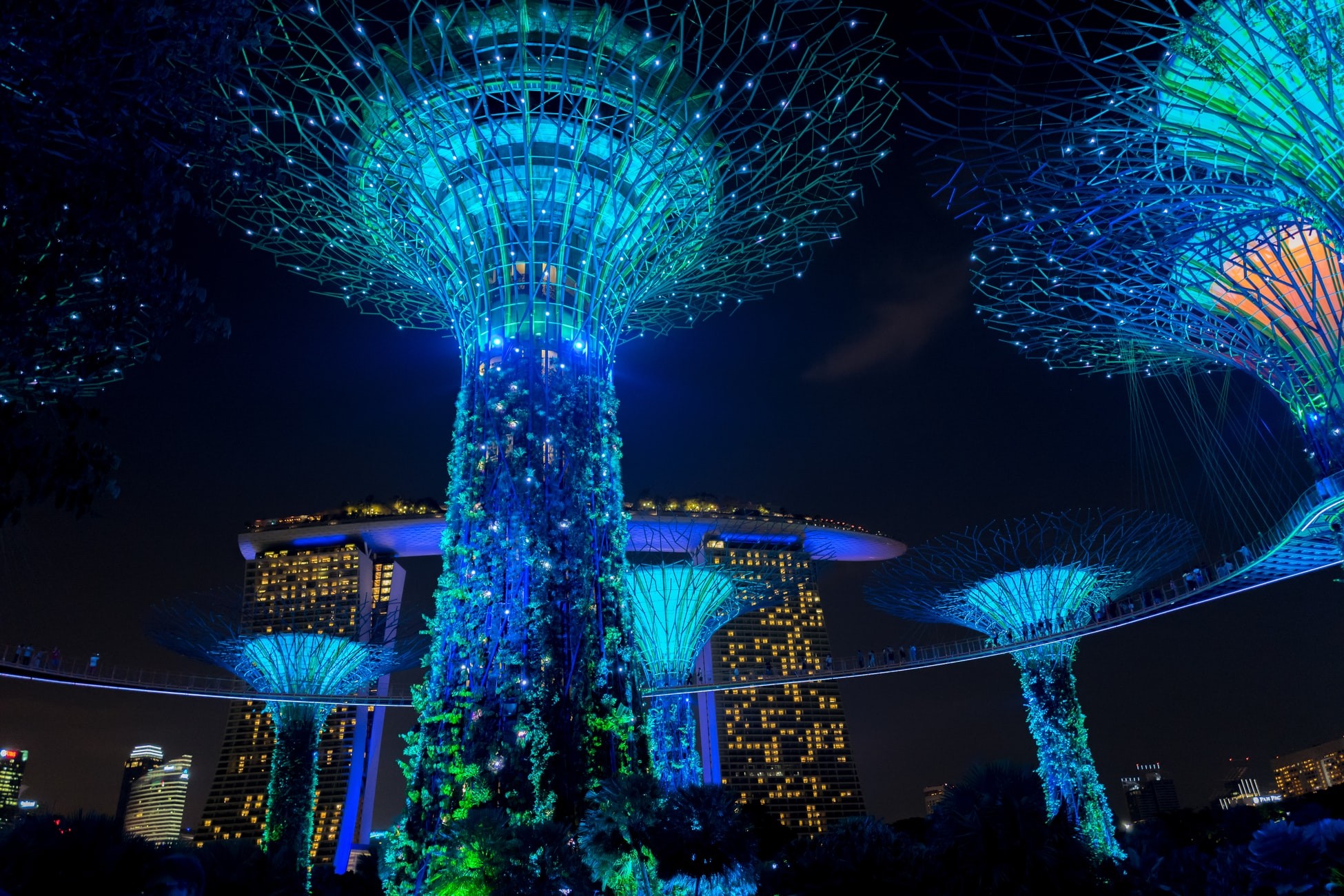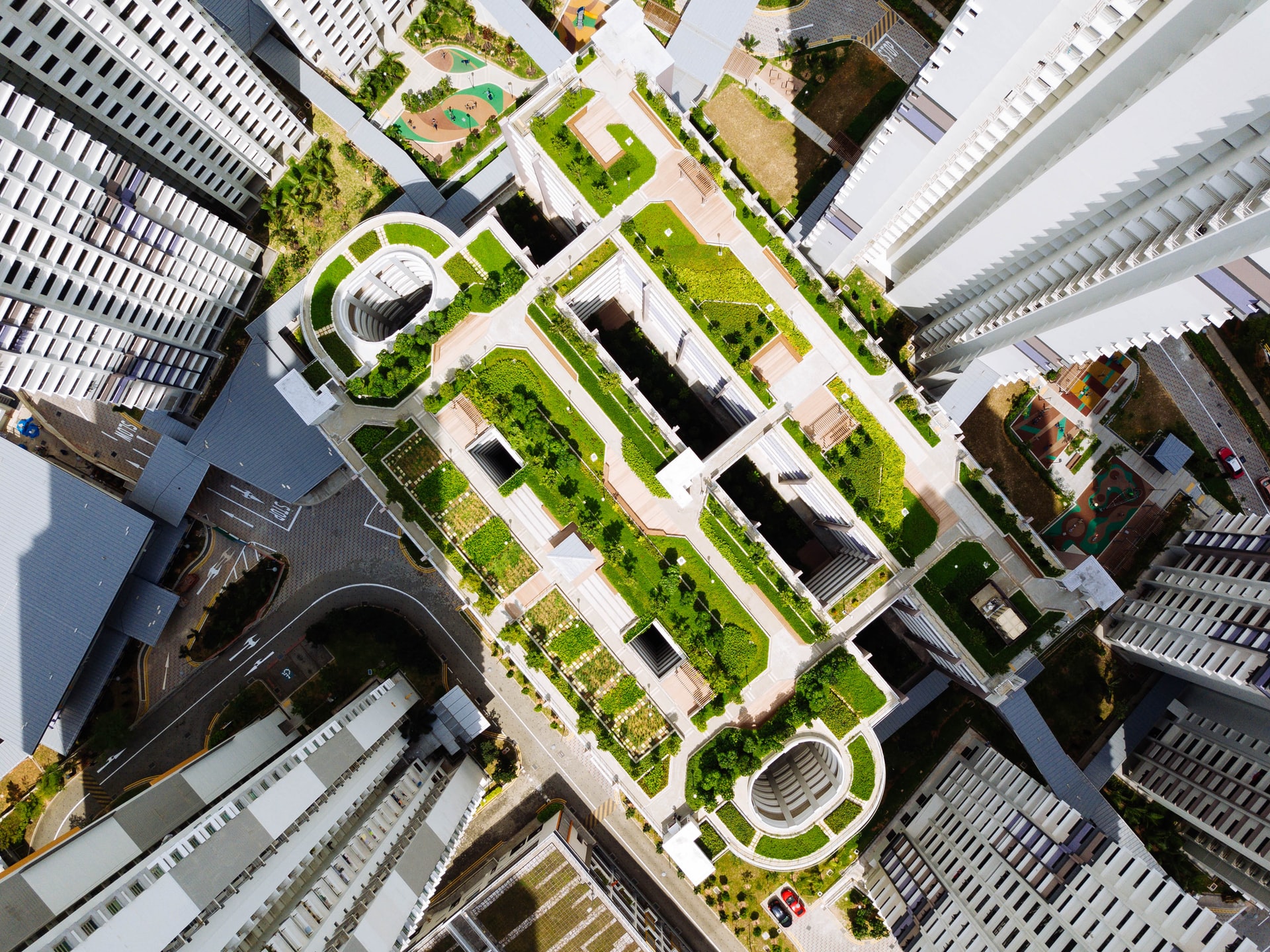Our response so far – ‘Green Building’
By Jason Gaekwad, Regional Manager | Sustainability and Building Physics
Introduction
This is the second in a series of short articles which cover concepts around ‘Net Zero’ and what it means for buildings and construction projects. Before we dive further into the story of climate change and buildings that I started previously, I thought I’d step back and have a look at a broader range of environmental effects and where the building industry is in terms of sustainable practices. This article therefore addresses the core ideas of ‘Green Building’.
My previous article contextualised these concepts through climate change and the contributions of the building and construction industry. Further articles will focus in on ‘Net Zero’ and discuss strategies and pathways to achieving carbon reductions and elimination in buildings projects.
Green Building
Green building has been defined as “the practice of creating structures and using processes that are environmentally responsible and resource-efficient throughout a building’s life-cycle from siting to design, construction, operation, maintenance, renovation and deconstruction.”[1]. In effect, Green Building is an industry-wide response to the effect of the building and construction industry on the environment.
It is important to note that, while this series of articles is focused on carbon emissions, building and construction is detrimental to the environment in a number of ways. A convenient list, forming part of the latest LEED framework (LEED 4.1 BD+C Rating System), lists the following impact categories due to building material lifecycles:
- Global warming potential
- Depletion of the stratospheric ozone layer
- Acidification of land and water sources
- Eutrophication (undesirable nutrient enrichment of water bodies)
- Formation of tropospheric ozone
- Depletion of non-renewable/fossil fuel energy source
The above list is generally associated with upstream lifecycle impacts associated with transport and manufacturing but provides a simple description of the large impacts our industry can have. Furthermore, there are deeper environmental impacts, such as habitat destruction and loss of biodiversity, as well as social and economic effects.
Green Building paradigms, of which there are many, tend to address these environmental, social, and economic issues in their own way. Indeed, the ‘triple bottom line’ of sustainable development recognises that each of these three factors must be appropriately addressed to create a sustainable development. Contribution to social, environmental, and economic goals is at the cornerstone of current sustainable building and construction thinking.
Although the intent of Green Building is a simple concept, there are several dominant paradigms internationally. The most common is the BREEAM (UK) and LEED (US) derived system of audit tools. These tools (which include Green Star in Australia, Green Mark in Singapore, DNGB in Germany etc.) consist of a list of credits, with projects rated based on the number of credits they achieve. I use the term ‘audit tool’ as I believe that they are not the design tools that I have seen project teams use them as. Potentially by necessity, the approach these tools take is reductionist rather than a holistic of systems approach. Nevertheless, they are a very useful ‘check’ to provide some level of assurance around project sustainability outcomes.
Design Approaches
Many projects abide by a minimalist ‘passive design’ or ‘bioclimatic design’ approach, something I strongly subscribe to in my work. Although there is a minor difference in the definition of these terms, for the purposes of this article I will treat them as being interchangeable. These approaches endeavour to use minimal resources to deliver occupant-focused outcomes. The term ‘passive’ is used in contrast to the term ‘active’, which encompasses methods that use energy in operation to provide outcomes (such as air conditioning).
A passive approach tends to particularly emphasise comfort and wellbeing of occupants as a project outcome. This approach also harvests local climatic conditions as a resource (it may seem ridiculous to some that most buildings don’t do this). At the risk of oversimplification, there are two common schools of thought on how a passive approach is achieved:
- resist changes or cyclic climatic conditions, providing a very stable internal environment and fine tuning the design to maintain this stability, passively.
- move with meteorological cycles, utilising what is available at any point in time. This approach is often considered as part of ‘tropical design’ in geographies where ambient conditions are often favourable to occupant-related outcomes.
As an example of the stable paradigm, the Passivhaus Standard heavily utilises passive design principles to achieve year-round, excellent thermal comfort whilst maintaining very low energy use. I have previously authored an article on Passivhaus in Australian Climates, which identified a new set of passive design rules for cool and warm Australian climates (link to article). Vernacular architecture from a variety of regions around the globe also utilises a passive design approach, and goes even further by using local materials, methods, and knowledge. Consider the ‘bungalow’ of Southern Asia [4], seen in Australia as the ‘Queenslander’[5], which takes the approach of moving with meteorological cycles.
Future Perspectives
Although Green Building is a live movement, I believe that it hasn’t been enough to slow or even approach reversing the negative impacts our industry has on the triple bottom line. Enter the ‘Regenerative’ Movement. The Regenerative Movement discounts Green Building as simply being ineffective in achieving its intended outcomes, and seeks to create developments which contribute more than they consume. This contribution is across the entire range of resources a development may consume, including the environmental, social, and economic domains of the triple bottom line. The most prominent building and construction industry tool promoting regenerative practices is the Living Building Challenge, which shows promise in providing leadership to the industry in the same way that BREEAM and LEED have provided a level of leadership in the past.
In Summary
Now that we have a bit of a wider perspective around the concept of Green Building, we can recognise that climate change and carbon are the most urgent issues, but not the only issues, and that there are a variety of ideas and solutions around how some or all of these issues can be addressed. These solutions also have varying effectiveness, not only in their form but in project specific implementations. It is apparent that the supply chain of the construction project is just as important as the project itself, just as the relative effect of operational emissions and embodied emissions were discussed in the previous article.





